Have you ever stumbled upon a new cannabinoid product online or in a local shop, only to find yourself scratching your head, wondering, "What exactly is this, and is it even legal?" If you're searching for answers about THP420, you're not alone. In the ever-evolving landscape of cannabis and its synthetic counterparts, new substances emerge frequently, often shrouded in ambiguity. As someone who keeps a close eye on these developments, I've seen firsthand how quickly the market can shift, leaving consumers with more questions than answers.
This blog post is designed to be your go-to resource for understanding THP420. We'll dive deep into what it is, explore the experiences of those who've tried it, navigate its complex legal status across Europe, and most importantly, discuss the crucial safety considerations. My goal is to provide you with clear, factual, and actionable information, helping you make informed decisions in a space that often lacks transparency.
What is THP420?
Let's cut through the marketing jargon and get to the heart of what is THP420. At its core, THP420, also known as Tetrahydropyran 420, is a synthetic cannabinoid. This means it's a chemical compound created in a laboratory, designed to interact with the body's endocannabinoid system in a way that mimics the effects of natural THC, the primary psychoactive compound found in the cannabis plant.
Unlike cannabinoids like CBD or THC, which are extracted directly from cannabis plants, THP420 is entirely synthesized through sophisticated chemical processes. This allows manufacturers to have greater control over its properties, but it also introduces a significant layer of complexity and uncertainty.
One of the most critical aspects to understand about THP420 is that its name, "Tetrahydropyran 420," isn't a true chemical designation. Instead, it appears to be a brand name or a marketing label used by manufacturers. Laboratory testing has revealed that products marketed as THP420 often contain "unidentified chromatographic peaks," with no detectable traditional cannabinoids like CBD, THC, CBG, or HHC. In one analysis, the most intense unknown peak was found at a staggering 63.8% concentration, suggesting that the true chemical identity of the substance remains proprietary and undisclosed. This lack of transparency about its actual chemical composition is a major red flag for anyone considering its use.
How Does THP420 Work?
From what manufacturers claim, THP420 is designed to interact with both CB1 and CB2 receptors in the endocannabinoid system. This dual interaction is believed to influence various physiological processes, including mood, appetite, and pain perception. In essence, it's engineered to produce effects similar to THC by engaging with the same biological pathways.
THP420 Products and Availability
THP420 is primarily marketed by European companies and is available in various forms, including vapes, liquids, and hash products. This accessibility, combined with the often vague marketing, contributes to the confusion surrounding its true nature and safety.
Legal Status of THP420 in Europe: A Shifting Landscape
The legal status of THP420 is perhaps one of its most perplexing aspects, varying significantly across European countries and representing a rapidly evolving regulatory landscape. It exists in a legal gray area, often designed to circumvent existing drug laws.
Countries with Restrictions or Bans
Several European nations have taken a proactive stance, implementing broad bans on synthetic cannabinoids that likely encompass THP420:
- Germany: Implemented a wide-ranging ban on synthetic cannabinoids, including HHC, THCP, and HHCP, on June 27, 2024. While THP420 isn't explicitly named, it's highly probable it falls under Germany's Novel Psychoactive Substances Act (NpSG).
- France: Banned HHC and its derivatives in June 2023, with strict regulations on synthetic cannabinoids. Given France's restrictive approach, THP420's legal status is likely problematic.
- Italy: Banned HHC in July 2023 and is considering broader restrictions on hemp-derived products.
- Netherlands: Has complex regulations where synthetic cannabinoids face restrictions, though specific THP420 legislation remains unclear.
Countries with Potential Legal Status
In some countries, the situation is less clear-cut:
Czech Republic: Currently allows cannabis products with up to 1% THC under new psychomodulatory substances legislation effective July 2025. THP420's status here would depend on its actual chemical composition and THC content, which, as we've discussed, is often undisclosed.
Hungary: Based on online discussions, THP420's legal status is uncertain, with users questioning whether it has been added to banned substance lists.
EU-Wide Regulatory Challenges
The European Monitoring Centre for Drugs and Drug Addiction (EMCDDA), now the EUDA, actively monitors synthetic cannabinoids as the largest group of new psychoactive substances. With close to 240 synthetic cannabinoids currently monitored through the EU Early Warning System, THP420 is part of this ongoing challenge.
The European Court of Justice has ruled that synthetic cannabinoids do not qualify as medicinal products, subjecting them to different regulatory frameworks and creating jurisdictional ambiguity where individual member states must develop their own approaches. The trend across Europe shows increasing restrictions on synthetic cannabinoids, with HHC, for instance, facing widespread bans and recommendations for scheduling under UN conventions.
This table summarizes the varying legal landscapes for THP420 and similar synthetic cannabinoids in Europe:
|
Country/Region |
Legal Status (Approximate) |
Key Regulations/Trends |
|
Germany |
Likely Restricted/Banned |
Novel Psychoactive Substances Act (NpSG), broad bans on synthetic cannabinoids |
|
France |
Likely Restricted/Banned |
Banned HHC and derivatives, strict regulations on synthetics |
|
Italy |
Likely Restricted/Banned |
Banned HHC, considering broader hemp-derived product restrictions |
|
Netherlands |
Restricted |
Complex regulations, synthetics face restrictions |
|
Czech Republic |
Potentially Legal (Conditional) |
New psychomodulatory substances legislation (up to 1% THC) |
|
Hungary |
Uncertain |
Online discussions suggest uncertain legal status |
|
EU-Wide |
Increasing Restrictions |
EMCDDA monitoring, widespread HHC bans, UN scheduling recommendations |
People Who Have Experienced THP420: Reported Effects and User Testimonials
When trying to understand a substance like THP420, it's incredibly valuable to hear from people who have experienced THP420 firsthand. While scientific research is scarce, user reports and testimonials offer a glimpse into its alleged effects. It's important to approach these with caution, as individual experiences can vary widely, and these are not scientific validations.
Reported Positive Effects (Anecdotal)
Based on information from manufacturers and some user accounts, THP420 has been reported to produce effects similar to THC, often described as milder or more balanced.
Relaxation and Euphoria: Users report feelings of euphoria and relaxation, sometimes without the intense psychoactive effects associated with traditional THC.
Mood Enhancement: Some describe a mood-enhancing effect.
Clear, Focused Effect: A few users have noted a clear, focused effect that allowed them to remain functional.
Appetite Stimulation: Similar to THC, THP420 may help increase appetite.
Stress and Anxiety Relief: Anecdotal reports suggest mild anxiolytic (anxiety-reducing) effects.
Pain Relief: Some user reports indicate potential analgesic properties, though this lacks scientific validation.
Duration: Effects are reported to last 4-6 hours depending on dosage and consumption method.
User Testimonials from Product Reviews
Some product reviews offer a more personal perspective:
One user described THP420 as providing "a pleasant stoned feeling" that reminded them of "old school Holland cannabis (White Widow)."
Another reviewer noted it was "surprisingly different," with effects that were initially more body-focused before transitioning to a cerebral high.
Users have reported effects are "similar to THC but not as strong" and feel like "a 1:1 THC:CBD mix."
My Personal Perspective (Based on Research and Observation)
While I haven't personally consumed THP420, my extensive research into novel psychoactive substances and synthetic cannabinoids has given me a unique perspective. I've observed a recurring pattern: the initial buzz around a "legal alternative" often gives way to serious concerns once more information emerges. The descriptions of THP420's effects-milder, more balanced, functional-sound appealing, especially to those seeking the benefits of cannabis without the intensity of traditional THC. However, the consistent warnings from the cannabis community and the scientific lack of data are impossible to ignore. It reminds me of the early days of other synthetic cannabinoids that were initially marketed as safe, only to later reveal significant health risks. This pattern strongly suggests that caution is paramount.
Reported Side Effects
Based on user reports and comparisons to similar synthetic cannabinoids, potential adverse effects include:
- Dry mouth and red eyes
- Drowsiness and dizziness
- Anxiety and paranoia, especially with higher doses
- Increased heart rate
- Nausea and gastrointestinal discomfort
- Cognitive impairment and difficulty concentrating
- Unpredictable reactions due to individual variability
- Potential for unpleasant effects at high doses.
Expert and Medical Warnings
Health professionals and experienced users have raised several critical concerns that cannot be overstated:
- Lack of Research: There are no comprehensive scientific studies on THP420's long-term effects, toxicology, or standardized dosing guidelines. This is perhaps the most significant concern.
- Unpredictable Potency: As a synthetic compound, its effects can be much stronger and more unpredictable than expected.
- Easy Overdose Risk: Users have reported it as "extremely potent" and "easy to overdose."
- Not for Beginners: Multiple sources emphasize that THP420 should only be used by experienced cannabinoid users, and even then, with extreme caution.
Quality Control Issues
The synthetic nature of THP420 also brings significant concerns about quality control and consistency. As mentioned earlier, laboratory analysis indicates that products marketed as THP420 may contain unknown compounds with variable concentrations. This creates risks similar to those identified with other synthetic cannabinoids, where "hot spots" of high concentration can lead to unpredictable and dangerous effects.
Key Recommendations: Navigating the THP420 Landscape
Given the significant uncertainties and risks associated with THP420, here are some key recommendations for different groups:
For Consumers: Exercise Extreme Caution
Prioritize Safety: Given the severe lack of safety data, exercise extreme caution. The risks appear to outweigh any potential benefits.
Check Local Laws: Before considering any THP420 products, thoroughly research and understand the local laws in your area. The legal landscape is rapidly changing.
Consult Healthcare Professionals: Always consult with healthcare professionals before using any new substance, especially if you have existing medical conditions or are taking other medications.
Start with Minimal Amounts (If You Choose to Use): If, despite the warnings, you choose to use THP420, start with the absolute minimal dose (e.g., a single puff from a vape) and wait at least 10-15 minutes before considering more. Be prepared for effects that can be "much stronger" than THC.
Avoid Combining: Do not combine THP420 with other psychoactive substances.
Choose Natural Alternatives: Users consistently recommend choosing well-researched, natural cannabis products with established safety profiles and proper regulation over synthetic alternatives like THP420.
For Policymakers: Monitor and Harmonize
- Monitor Closely: Continue to monitor THP420 and similar emerging synthetic cannabinoids through existing early warning systems.
- Harmonized EU Approaches: Consider developing harmonized EU approaches to synthetic cannabinoid regulation to address the cross-border commerce challenges.
- Invest in Research: Fund and promote independent research to understand the health implications, toxicology, and long-term effects of these novel substances.
- Improve International Cooperation: Enhance international cooperation on regulatory responses to keep pace with the rapid evolution of new compounds.
For Healthcare Professionals: Stay Informed and Educate
- Stay Informed: Remain updated on emerging synthetic cannabinoids and their reported effects and risks.
- Prepared for Adverse Effects: Be prepared to treat potential adverse effects associated with synthetic cannabinoid use.
- Educate Patients: Educate patients about the significant risks of unregulated and untested synthetic substances.
- Report Adverse Events: Report any adverse events to pharmacovigilance systems to contribute to a growing body of data.
Conclusion: Proceed with Extreme Caution
The emergence of THP420 is another chapter in the ongoing challenge of regulating synthetic cannabinoids in Europe. While it's marketed as a legal alternative to traditional cannabis products, its unknown chemical composition, severe lack of safety data, and rapidly evolving legal landscape present significant risks for consumers and considerable regulatory challenges for authorities.
In summary, while some users report mild positive effects from THP420, the overwhelming evidence suggests that the potential risks far outweigh any perceived benefits. The consensus from the cannabis community and health experts is clear: THP420 should be approached with extreme caution or, ideally, avoided entirely.
As European countries continue to develop their approaches to both traditional cannabis regulation and synthetic alternatives, THP420's future legal status remains highly uncertain. For those seeking the benefits of cannabinoids, prioritizing well-researched, natural cannabis products with established safety profiles and proper regulation is consistently recommended.
Always consult healthcare professionals and prioritize products with established safety profiles and proper regulation. Your health and safety should always be the top priority.



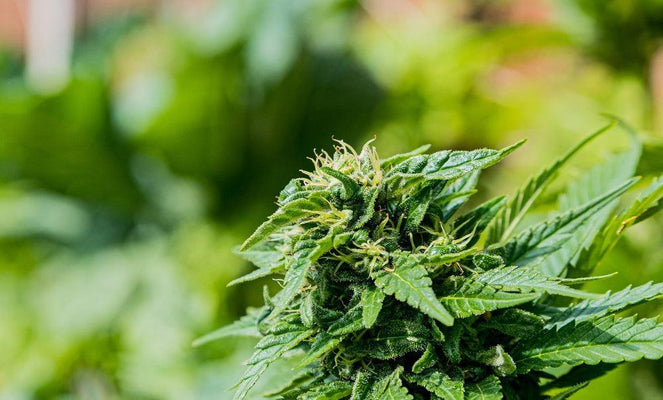

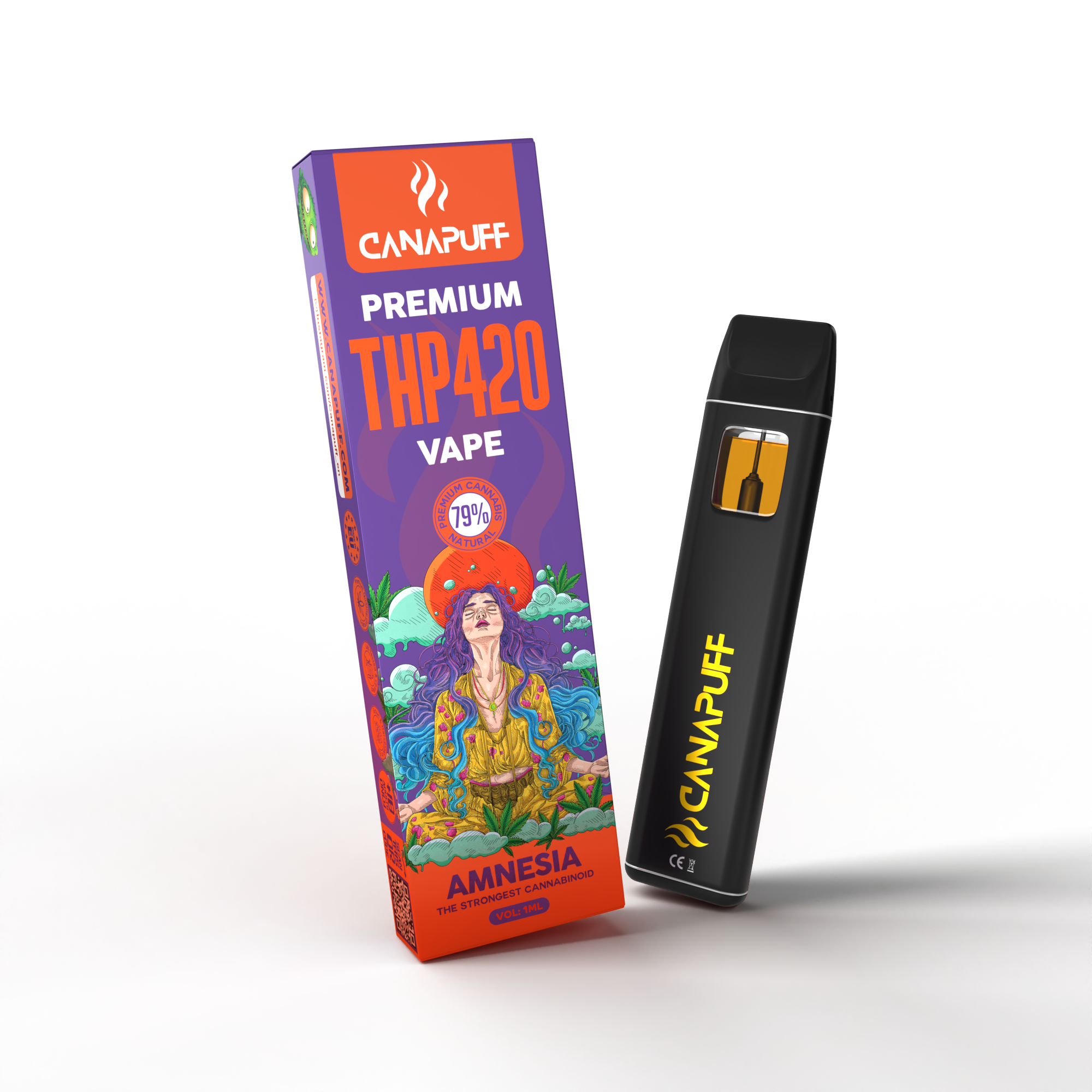
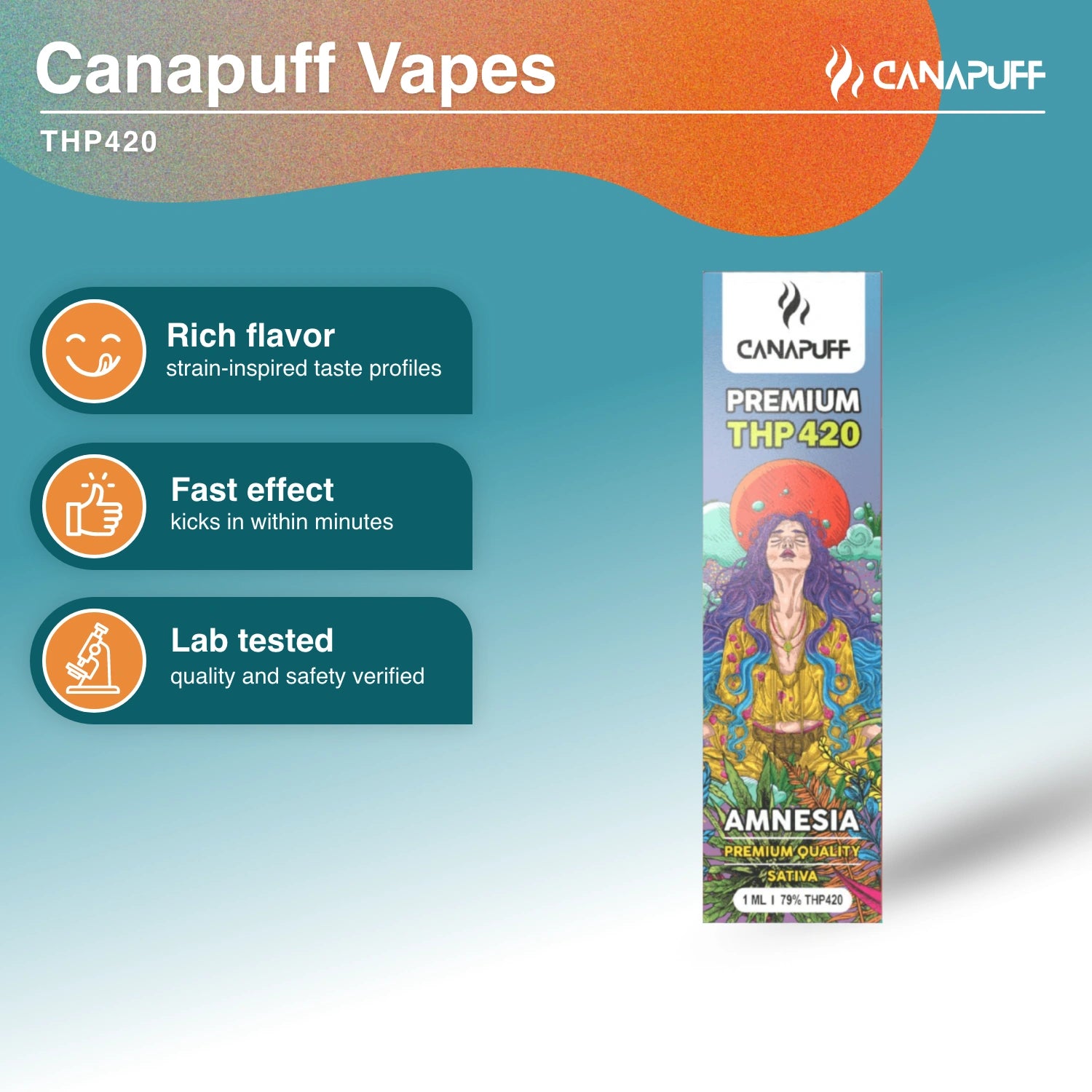
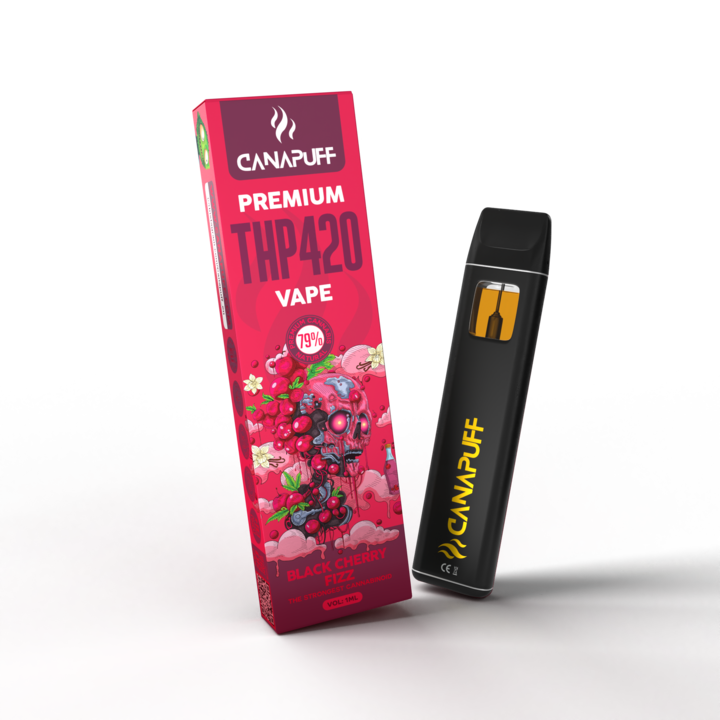
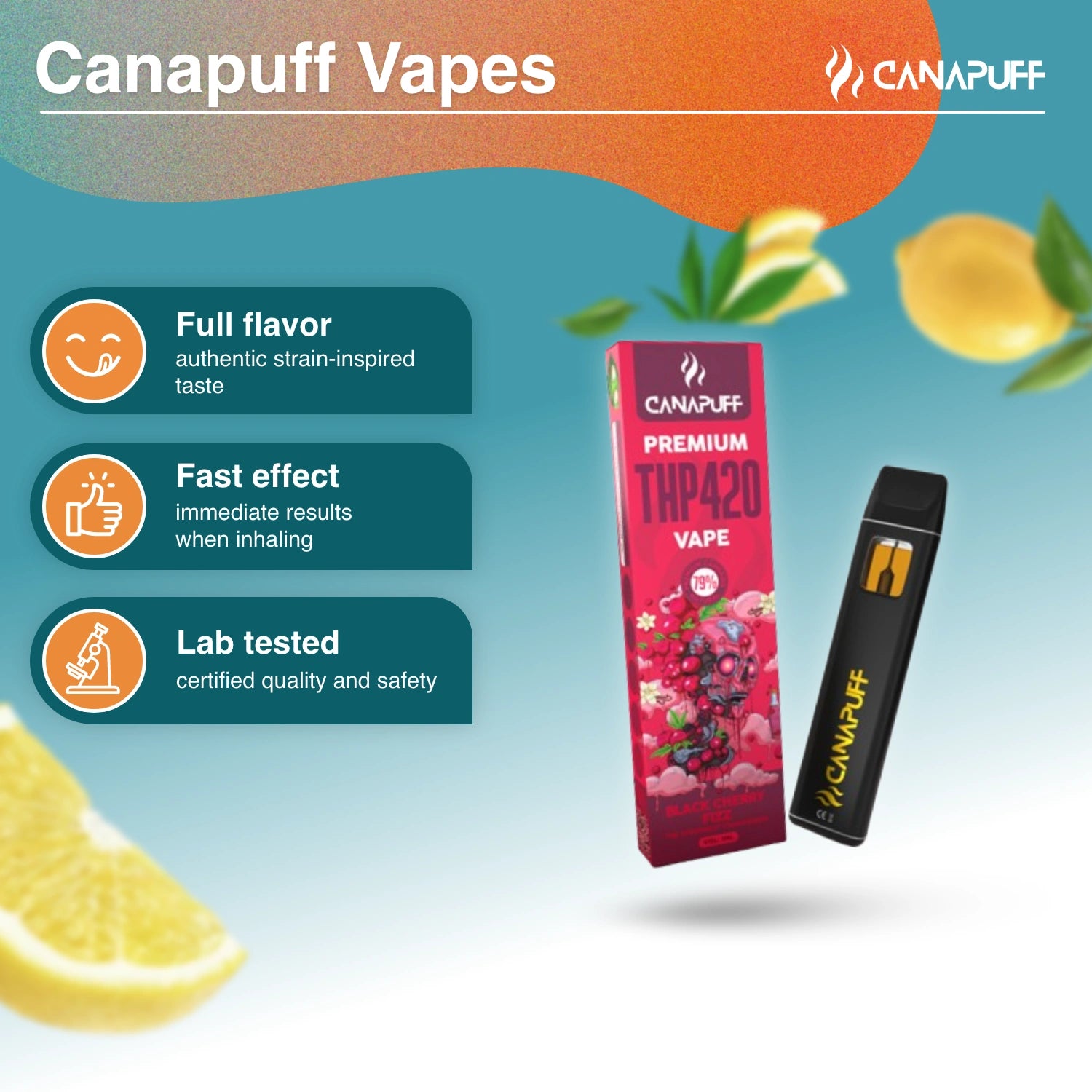
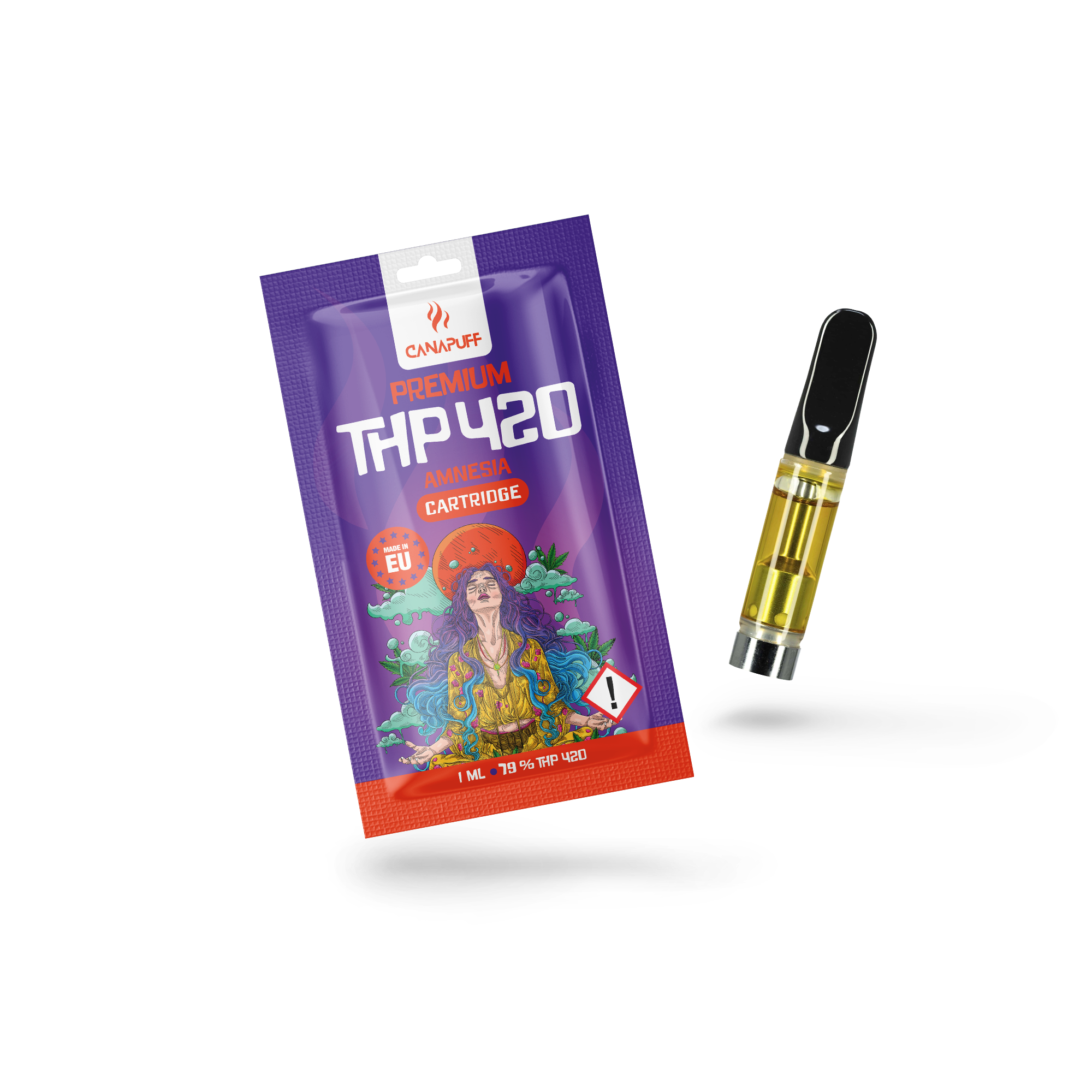
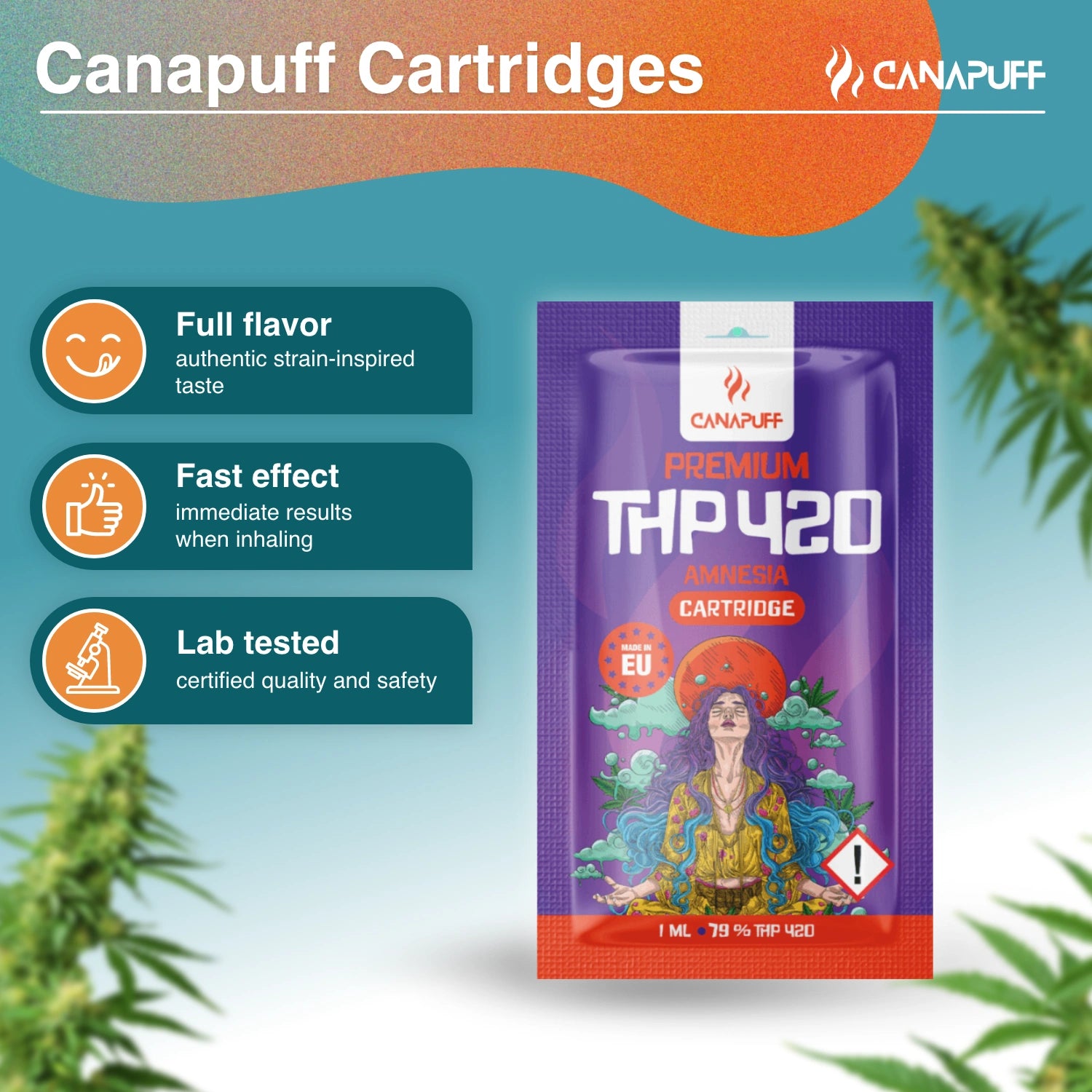

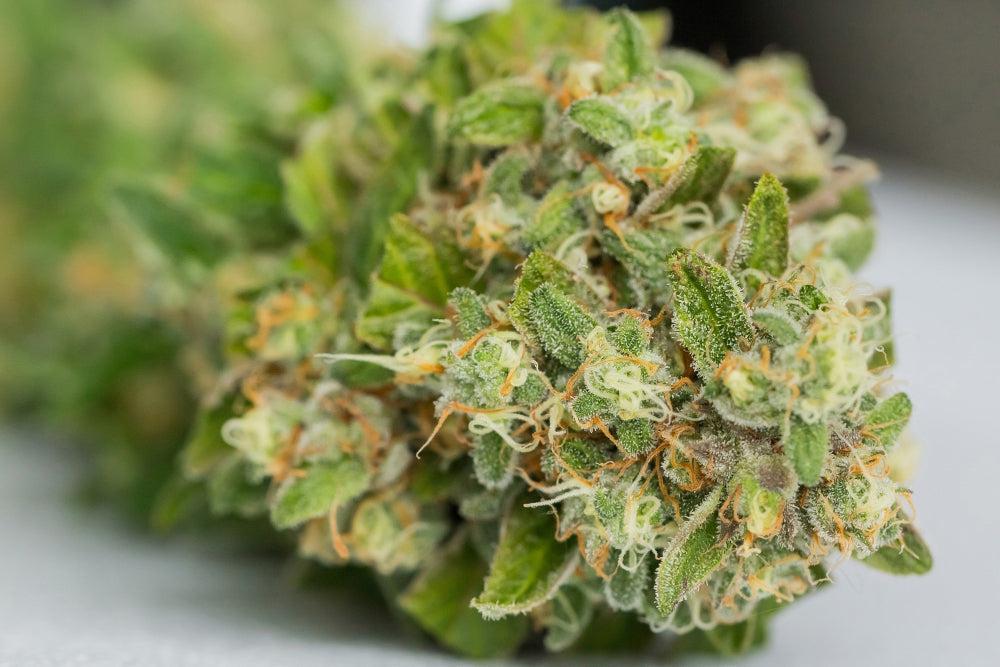

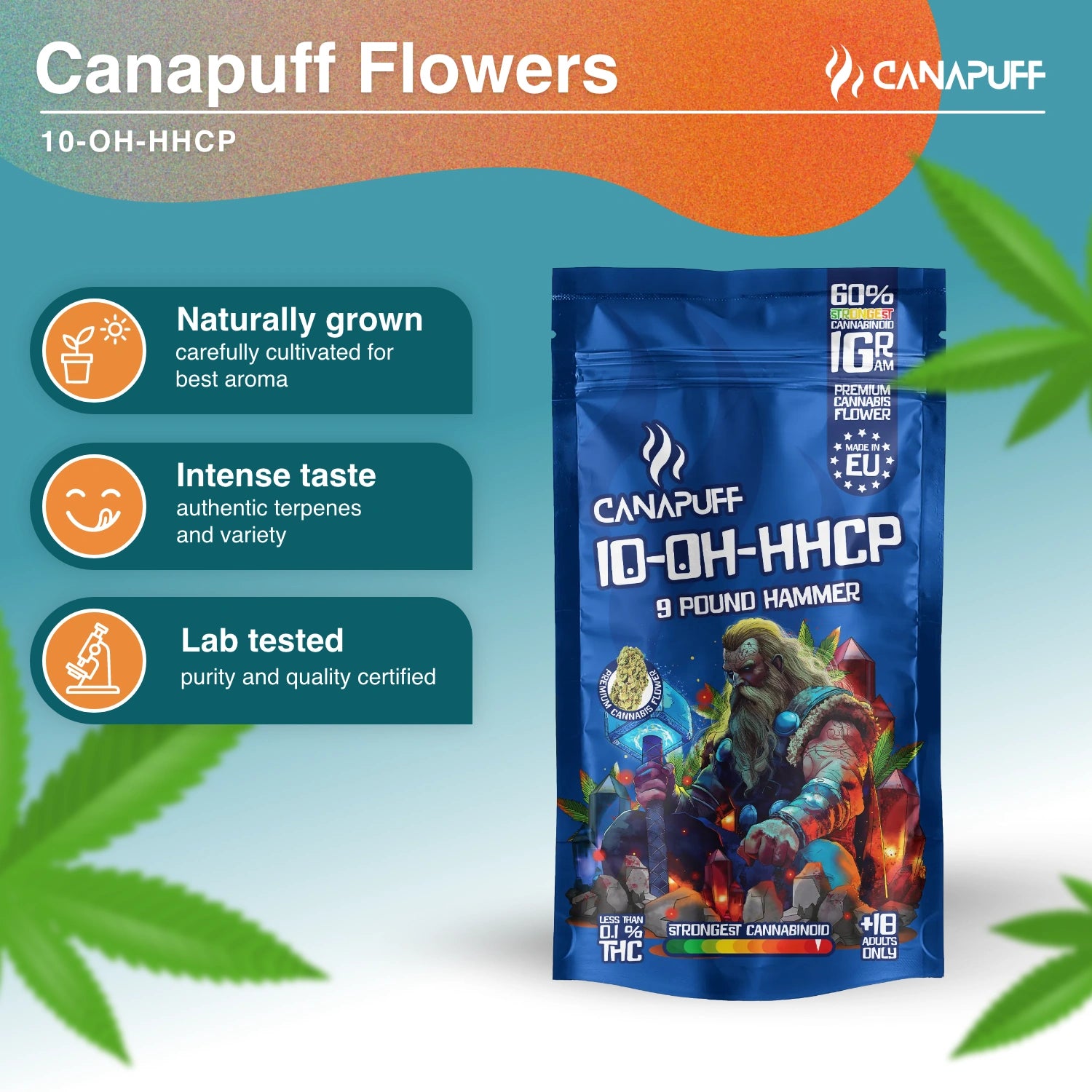
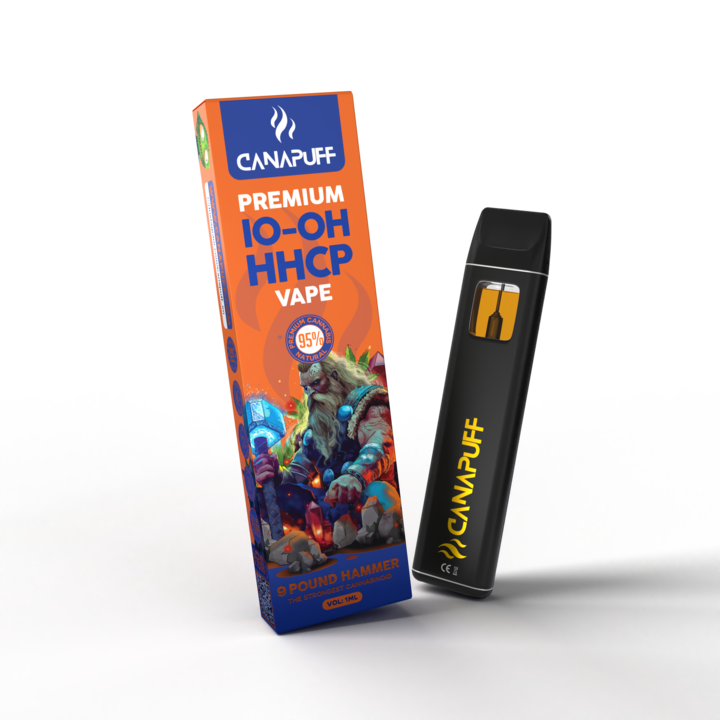
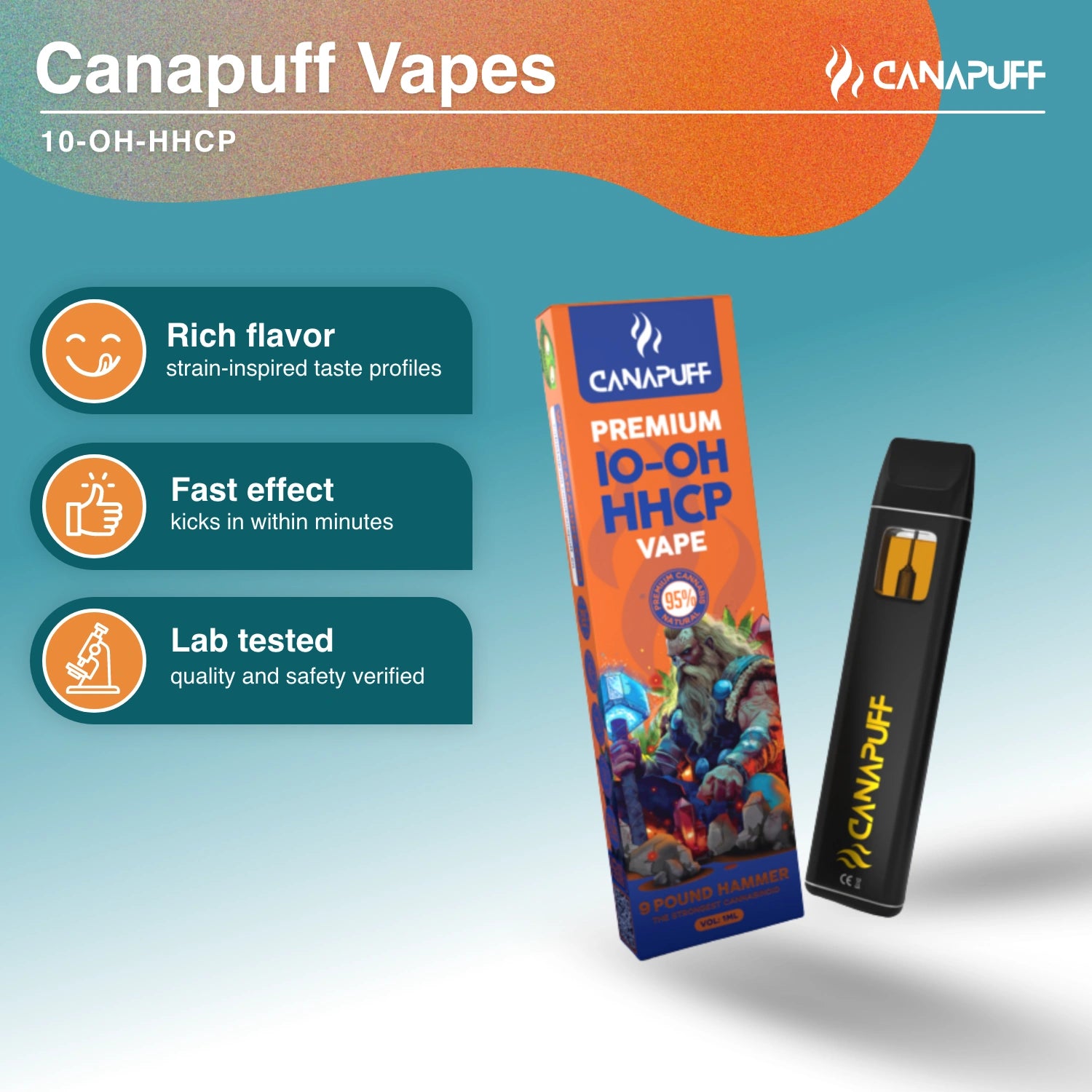










Leave a comment
This site is protected by hCaptcha and the hCaptcha Privacy Policy and Terms of Service apply.